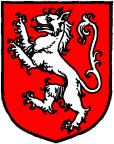
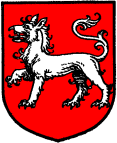
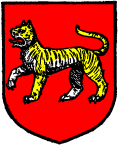
 |
 |
 |
| FIG. 322.--Heraldic tyger rampant. | FIG. 323.--Heraldic tyger passant. | FIG. 324.--Bengal tiger passant. |
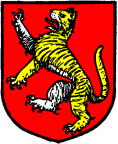 |
| FIG. 325.--Bengal tiger rampant. |
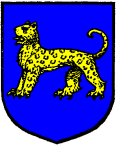 |
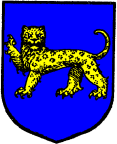 |
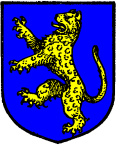 |
| FIG. 326.--Leopard passant. | FIG. 327.--Leopard passant guardant. | FIG. 328.--Leopard rampant. |
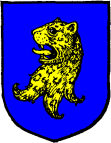 |
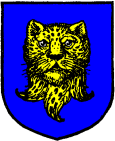 |
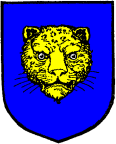 |
| FIG. 329.--Leopard's head erased. | FIG. 330.--Leopard's head erased and affronté. | FIG. 331.--Leopard's face. |
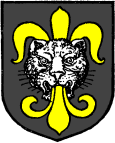 |
| FIG. 332.--Leopard's face jessant-de-lis. |
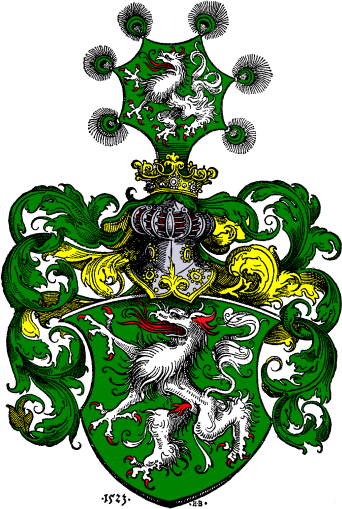 |
| FIG. 333.--Arms of Styria. (Drawn by Hans Burgkmair, 1523.) |
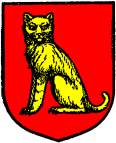 |
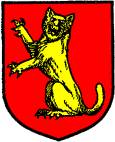 |
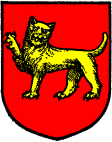 |
| FIG. 334.--Cat-a-mountain sejant guardant. | FIG. 335.--Cat-a-mountain sejant guardant erect. | FIG. 336.--Cat-a-mountain passant guardant. |
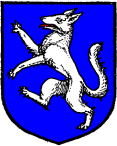 |
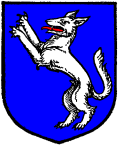 |
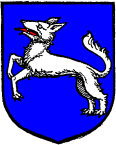 |
| FIG. 337.--Wolf rampant. | FIG. 338.--Wolf salient. | FIG. 339.--Wolf courant. |
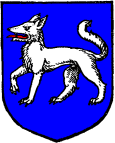 |
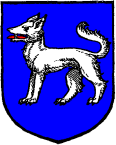 |
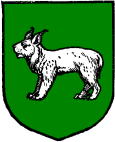 |
| FIG. 340.--Wolf passant. | FIG. 341.--Wolf statant. | FIG. 342.--A lynx coward. |
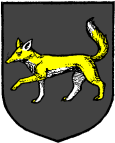 |
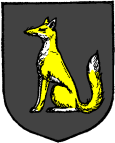 |
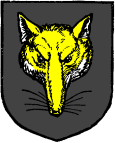 |
| FIG. 343.--Fox passant. | FIG. 344.--Fox sejant. | FIG. 345.--A fox's mask. |
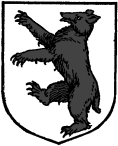 |
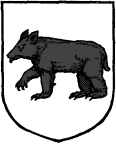 |
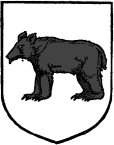 |
| FIG. 346.--Bear rampant. | FIG. 347.--Bear passant. | FIG. 348.--Bear statant. |
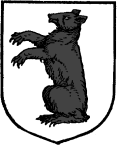 |
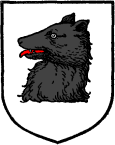 |
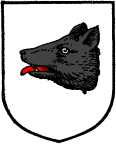 |
| FIG. 349.--Bear sejant erect. | FIG. 350.--Bear's head couped (English). | FIG. 351.--Bear's head couped (Scottish). |
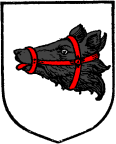 |
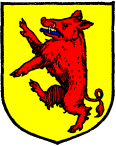 |
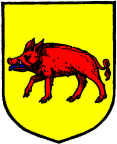 |
| FIG. 352.--Bear's head erased and muzzled (Scottish). | FIG. 353.--Boar rampant. | FIG. 354.--Boar passant. |
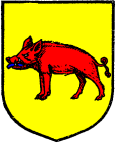 |
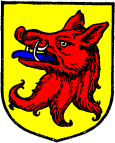 |
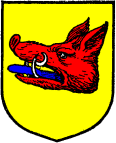 |
| FIG. 355.--Boar statant. | FIG. 356.--Boar's head erased (English). | FIG. 357.--Boar's head couped (Scottish). |
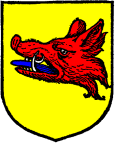 |
| FIG. 358.--Boar's head erased (Scotish). |
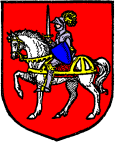 |
| FIG. 359.--A chevalier on horseback. |
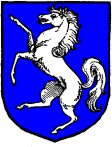 |
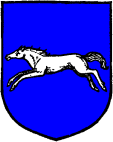 |
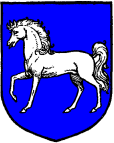 |
| FIG. 360.--Horse rampant. | FIG. 361.--Horse courant. | FIG. 362.--Horse passant. |
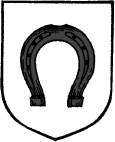 |
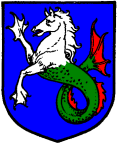 |
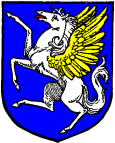 |
| FIG. 363.--Horse-shoe. | FIG. 364.--Sea-horse. | FIG. 365.--Pegasus rampant. |
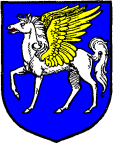 |
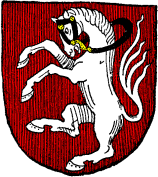 |
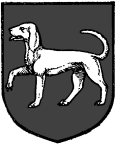 |
| FIG. 366.--Pegasus passant. | FIG. 367.--Arms of Herr von Frouberg. | FIG. 368.--Talbot passant. |
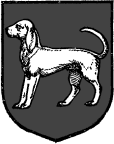 |
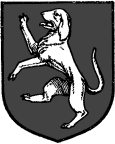 |
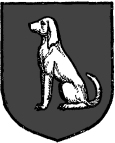 |
| FIG. 369.--Talbot statant. | FIG. 370.--Talbot rampant. | FIG. 371.--Talbot sejant. |

 are attributed to "Herr von Frouberg from the Forest in Bavaria," and are: Gules, a mare rampant argent, bridled sable.
are attributed to "Herr von Frouberg from the Forest in Bavaria," and are: Gules, a mare rampant argent, bridled sable.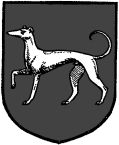 |
| FIG. 372.--Greyhound passant. |
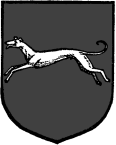 |
| FIG. 373.--Greyhound courant. |
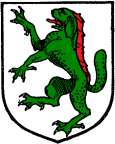 |
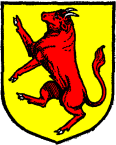 |
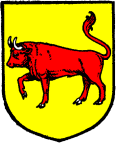 |
| FIG. 374.--A sea-dog. | FIG. 375.--Bull rampant. | FIG. 376.--Bull passant. |
*1 Armorial bearings of Dodge: Barry of six or and sable, on a pale gules, a woman's breast distilling drops of milk proper. Crest: upon a wreath of the colours, a demi sea-dog azure, collared, maned, and finned or.
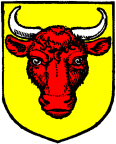 |
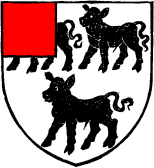 |
| FIG. 377.--Bull's head caboshed. | FIG. 378.--Armorial bearings of John Henry Metcalfe, Esq.: Argent, three calves passant sable, a canton gules. |
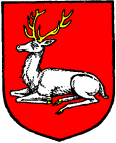 |
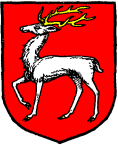 |
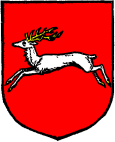 |
| FIG. 379.--Stag lodged. | FIG. 380.--Stag trippant. | FIG. 381.--Stag courant. |
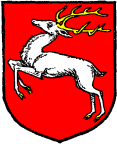 |
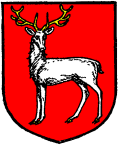 |
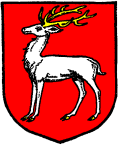 |
| FIG. 382.--Stag springing. | FIG. 383.--Stag at gaze. | FIG. 384.--Stag statant. |
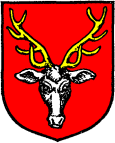 |
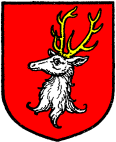 |
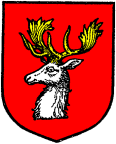 |
| FIG. 385.--Stag's head caboshed. | FIG. 386.--Stag's head erased. | FIG. 387.--Buck's head couped. |
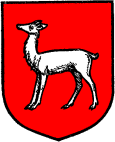 |
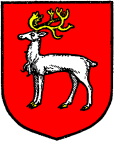 |
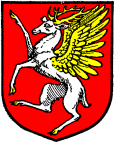 |
| FIG. 388.--Hind. | FIG. 389.--Reindeer. | FIG. 390.--Winged stag rampant. |
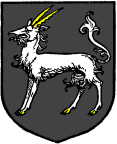 |
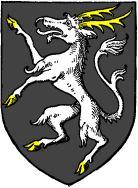 |
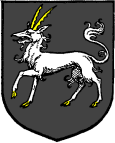 |
| FIG. 391.--Heraldic antelope statant. | FIG. 392.--The heraldic antelope rampant. | FIG. 393.--Heraldic antelope passant. |
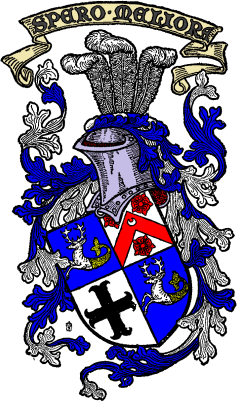 |
| FIG. 394.--Armorial bearings of Marindin. |
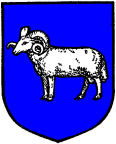 |
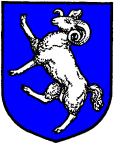 |
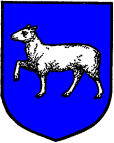 |
| FIG. 395.--Ram statant. | FIG. 396.--Ram rampant. | FIG. 397.--Sheep passant. |
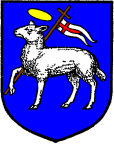 |
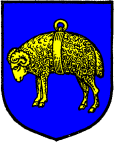 |
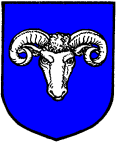 |
| FIG. 398.--Paschal lamb. | FIG. 399.--Fleece. | FIG. 400.--Ram's head caboshed. |
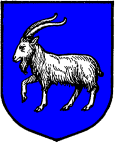 |
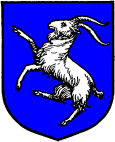 |
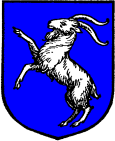 |
| FIG. 401.--Goat passant. | FIG. 402.--Goat rampant. | FIG. 403.--Goat salient. |
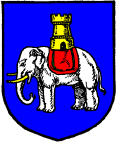 |
| FIG. 404.--Elephant and castle. |
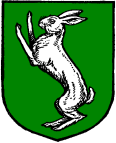 |
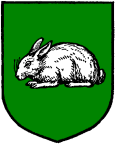 |
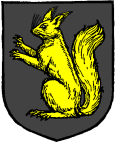 |
| FIG. 405.--Hare salient. | FIG. 406.--Coney. | FIG. 407.--Squirrel. |
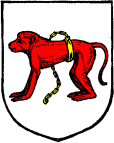 |
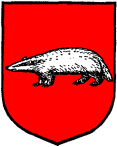 |
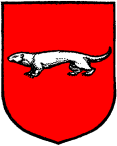 |
| FIG. 408.--Ape collared and chained. | FIG. 409.--Brock. | FIG. 410.--Otter. |

 as a heraldic animal, but I am not aware to whom it is assigned.
as a heraldic animal, but I am not aware to whom it is assigned.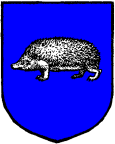 |
| FIG. 411.--Urcheon. |
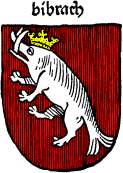 |
| FIG. 412.--Arms of the town of Biberach. (From Ulrich Reichenthal's Concilium von Constanz, Augsburg, 1483.) |
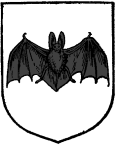 |
| FIG. 413.--Bat. |
*1 Armorial bearings of James Joseph Louis Ratton, Esq.: Azure, in base the sea argent, and thereon a tunny sable, on a chief of the second a rat passant of the third. Upon the escutcheon is placed a helmet befitting his degree, with a mantling azure and argent; and for his crest, upon a wreath of the colours, an ibex statant guardant proper, charged on the body with two fleurs-de-lis fesswise azure, and resting the dexter foreleg on a shield argent charged with a passion cross sable. Motto: "In Deo spero."The Mole, sometimes termed a moldiwarp, occurs in the arms of Mitford [" Argent, a fess sable between three moles displayed sable "].